A five-campus college in Scotland has distributed a new virtual desktop for its construction students to allow them to work on industry-grade software from home.
A $5.8 million sustainability project to convert steam plumbing to hot water plumbing recently completed the first of eight phases at Wesleyan University.
University researchers will be studying how to reduce waste in the construction industry, thanks to a grant from United Kingdom Research and Innovation, a public body that supports research and knowledge exchange in higher education.

A community college in southwest Missouri has just broken ground on a new facility to house advanced manufacturing education programs.
Georgetown University has taken the next step in its commitment to sustainability by committing to obtaining two-thirds of its total electricity consumption directly from "local" solar farms in Maryland and New Jersey.
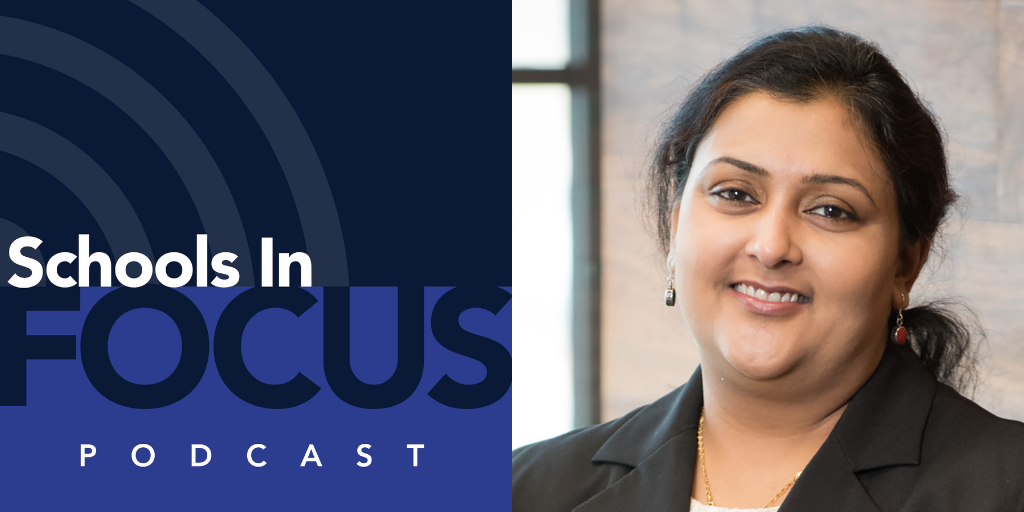
Ishita Banerjii, project architect at Hollis + Miller, discusses Kansas State University’s new multicultural student center. The building, dedicated to advance student diversity, features various gathering spaces like dance studios, huddle rooms, and a commercial kitchen.

COVID-19 has changed and will continue to change every aspect of education in K–12 and higher education for the foreseeable future. We polled our readership to learn of the experiences taking place across the nation and get a glimpse of what's being planned going into the spring 2021 semester and beyond.
HEMCO, a laboratory equipment manufacturer, released its CleanAire II Ductless Hoods. The hood is designed to meet DH I requirements as defined by SEFA 9.
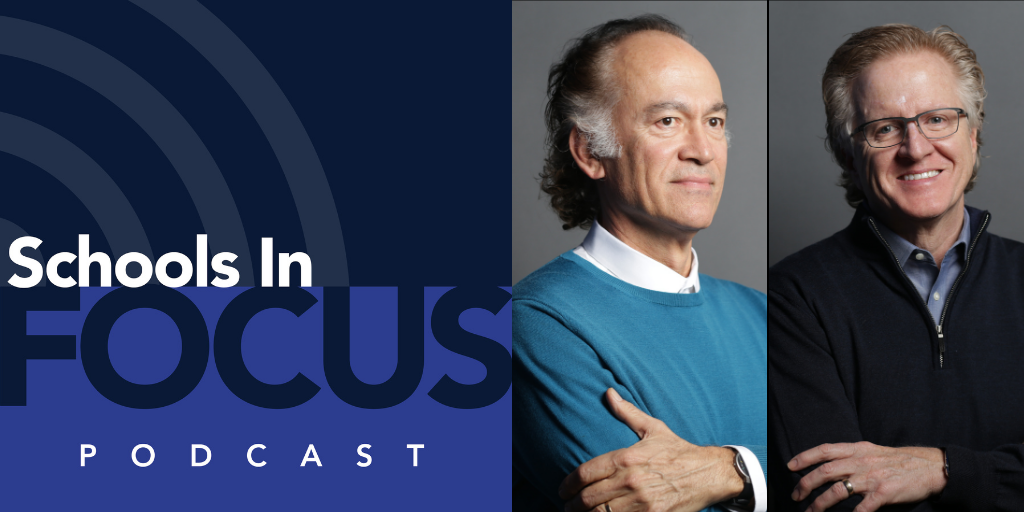
In this episode of Schools In Focus, Turan Duda and Jeff Paine, founding principals of Duda|Paine Architects, discuss how architectural design is shifting to better address the mental and physical health needs of students.

The FreshAir1 Smoking Detection System is capable of monitoring up to 500 square feet and is suited for educational facilities to enforce no-smoking policies.
Colorado State University signed a deal that will move the Fort Collins institution closer to its goal of shifting all of its energy needs to renewable electricity by 2030.
Construction workers are five times more likely to be hospitalized with COVID-19 than other kinds of workers.
An education technology company better known for its payment solutions is promoting functionality within its software to help schools manage the number of students allowed in a specific space.
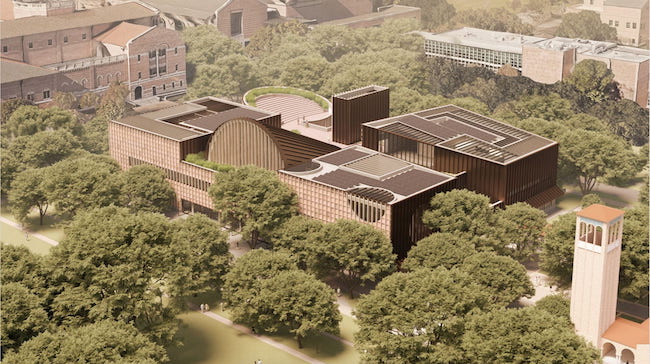
The structure will include a multicultural center and a rooftop auditorium and will largely replace the campus' Rice Memorial Center.

The Cleaning Industry Research Institute (CIRI) will host a three-part webinar series called “COVID-19: The Second Wave,” beginning Thursday, Nov. 12.
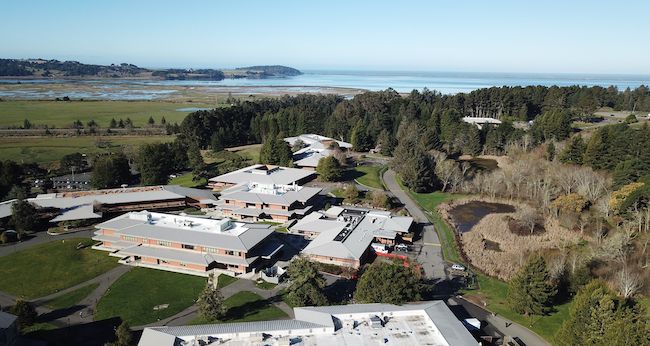
A community college in northern California has projected a savings of $4.2 million over the next 20 years from an implementation of solar.
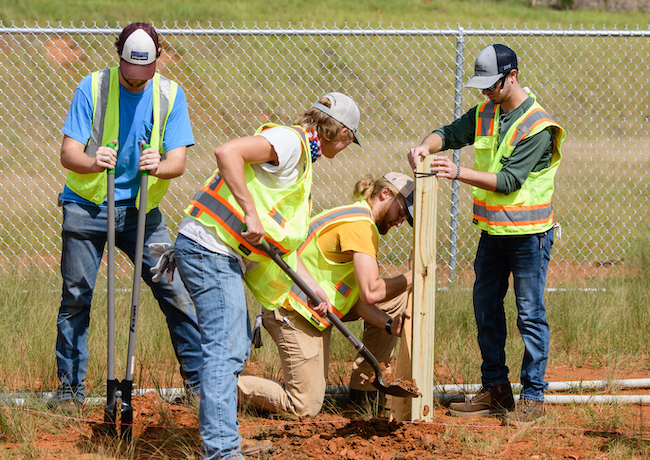
A South Carolina university has just set up a three-acre site to give their construction students a permanent space for hands-on learning.
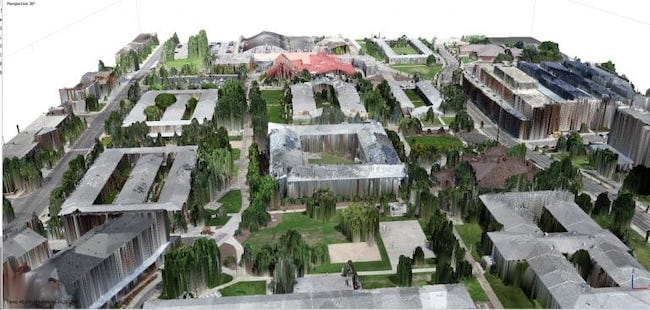
Northern Arizona University is working with Quantum Spatial, a geospatial data company, to develop an accessibility map to help people with mobility issues more easily navigate the hilly campus.
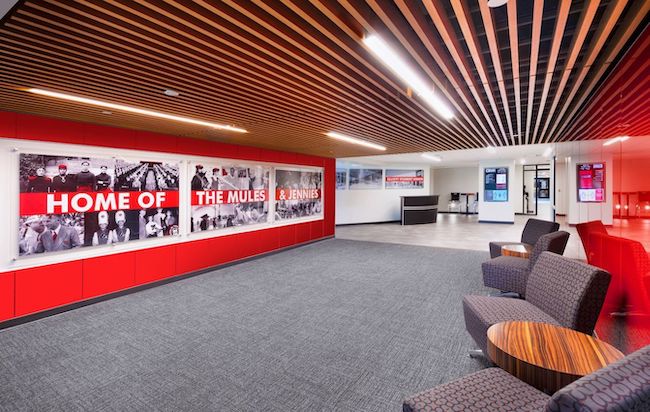
The University of Central Missouri has gone public with an update on a multi-year masterplan for renovating the Elliott Student Union, dubbed as the "campus living room," by the university's community.
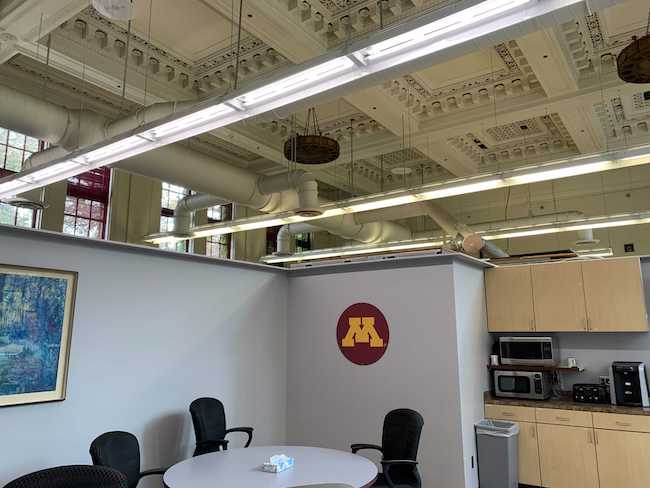
When a physical space offers a little passive noise control, such as high cubicle walls, private offices or softer, sound-absorbing materials, the effects on the well-being of each person — as well as their productivity — can be profoundly impacted.

Faculty, staff and students at Grand Canyon University's College of Fine Arts and Production have constructed an outdoor theatre for use this play season, which addresses COVID-19 restrictions while still allowing students (and their audiences) to enjoy live productions.
Two new reports by the Centers for Disease Control and Prevention conclude that COVID-19 is spreading on college campuses due to congregate housing, the increase of social gatherings, and disregard for mask wearing.

A private for-profit university in northern California has received city approval to build a new on-campus dormitory for its medical students.

St. Mary’s University in San Antonio, TX is nearing completion of new drone lab, which is on target to be done in October.
As part of a phased ramp-up in its return to full operations, Northwestern University Athletics and Recreation has installed filtration systems in the locker and weight rooms and other high-traffic spaces in its athletic facilities.
Residence hall staff and graduate students at the University of Michigan are on strike due to lack of coronavirus health protections on campus. The grad students and residence hall staff began separate strikes on the same day, Sept. 8.
Bradley University is requiring the entire student body to quarantine for two weeks because of a spike in COVID-19 on campus, officials announced this week. The temporary quarantine is in effect until Sept. 23.
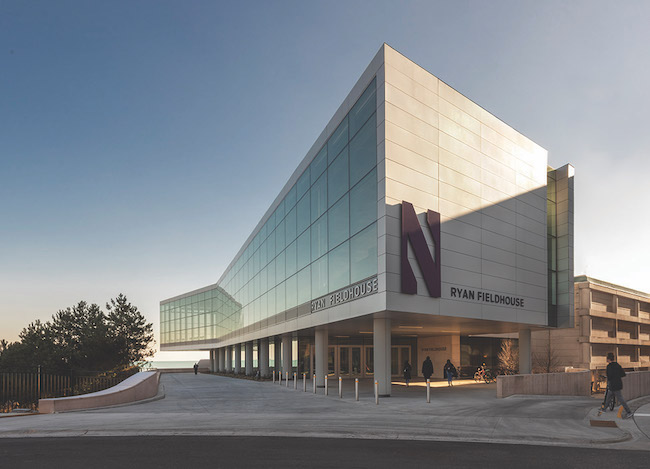
The complex itself, an impressive structure wrapped in glass, aluminum, and limestone on the northeast corner of the Northwestern campus, right on Lake Michigan—an enviable site not only for the dazzling lake view, but also for its proximity to the campus’ student residences, classrooms and other facilities.
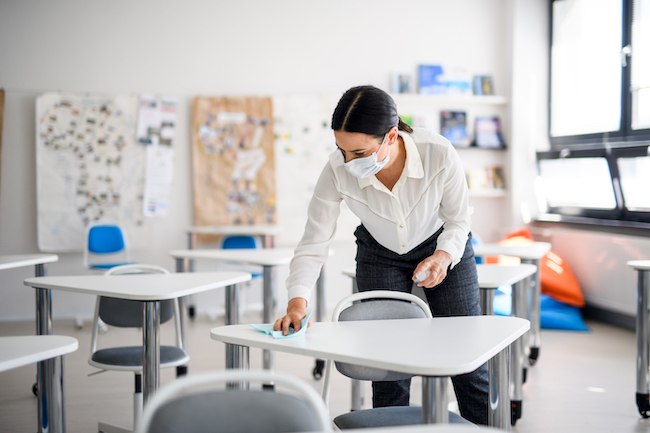
Will a more methodical, well-thought-out approach be implemented for disinfectant use or, will they be once again randomly applied, essentially using a “hope for the best” mentality? Let’s hope application is not random, and here is why. In the U.S., disinfectants are considered “pesticides” by the Environmental Protection Agency (EPA) and rightly so.
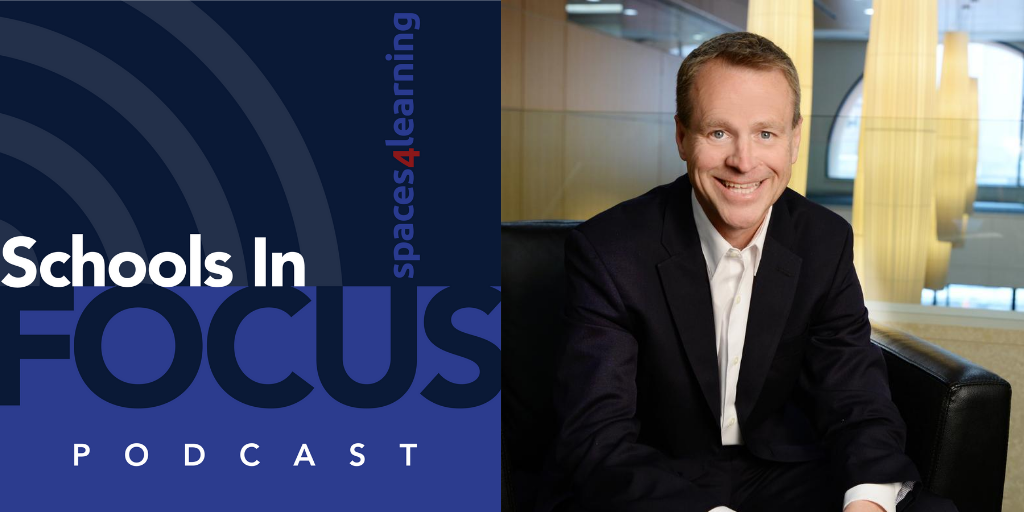
Stu Rothenberger, Principal at DLR Group, discusses flexibility on a campus scale, the need for long-term resiliency plans, tackling equity issues, and creating smaller interaction spaces in a post-COVID19 learning environment.

A company that produces physical security products is repositioning its products to address the needs of facilities under new restrictions. The offerings from LenelS2 cover touchless access, occupancy management, enforced access control and screening solutions.
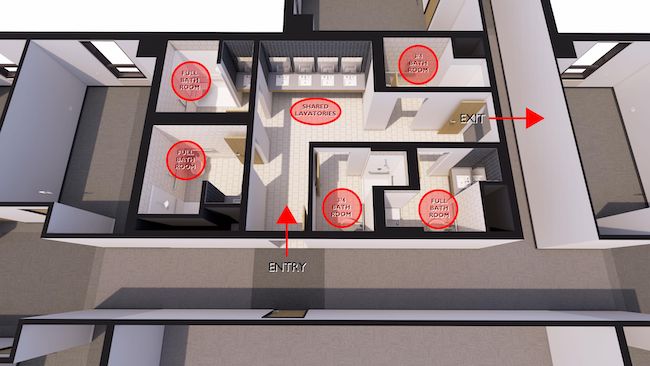
Emphasis on single sleeping unit spaces will probably dominate in residence hall design in coming months and years, along with common areas that encourage physical distancing, wider entrances and kitchens that allow for one-way traffic patterns. Those are the predictions of student housing design experts at KWK Architects.
The Los Angeles Community College District has vowed to eliminate its carbon footprint entirely over the next two decades.
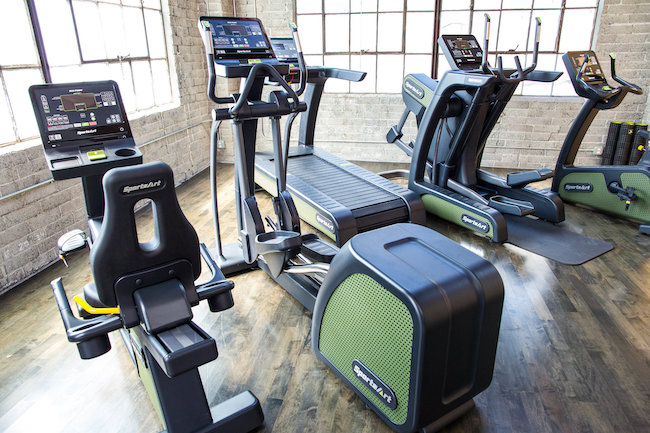
As universities begin to welcome students back, directors of college recreational centers will need to develop plans, policies and protocols to maintain a safe and healthy environment. The many “moving parts” that make up college recreational center operations present some unique challenges for maintaining a safe and clean facility.

"ViralBarrier" from Precise Tooling Solutions is intended specifically for K-12 and higher education use.

Several colleges and universities are pursuing solar solutions for two major reasons: to save money on energy costs and/or to meet sustainability goals through renewable energy projects. Whether you’re already pursuing a solar solution or just starting to consider your options, there are some important considerations to keep in mind, as well as certain factors that go into the most successful solar projects.